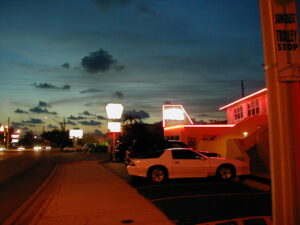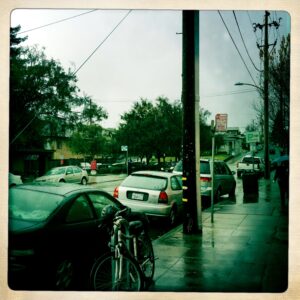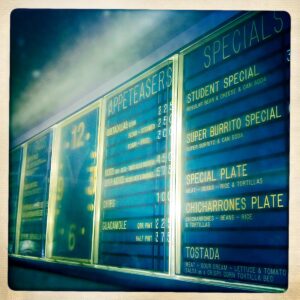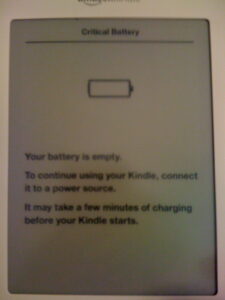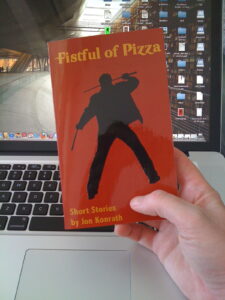I have watched so many damn movies in the last few days, it’s uncanny. I watch TV every night, but for whatever reason, our lowest common denominator has been all of these cooking shows, like Chopped and Restaurant Impossible. We haven’t been able to lock into any good dramas in a while, probably since Lost ended. And it seems like reality shows are the only thing available now, but that’s another rant for another day.
We tend to see every movie in the theater that’s within our wheelhouse, but that’s limiting because I hate superhero/comic book movies, and don’t get into the animated stuff, and that’s about 90% of what came out this summer. But I will sometimes catch up on this stuff when I can do it for $2 on amazon, as opposed to $20 in a theater.
So, here’s a bunch of stuff I saw in the last week:
Captain America
The reason I don’t like comic book movies, especially Marvel ones, is that they’re all basically “hey, Spiderman made a shit-ton of money, so let’s use the same exact script except do a search and replace and pour in another superhero.” So it’s always the same exact origin story, with a bunch of references to other Marvel properties to appease the comic book geeks.
I wanted to see this movie because it takes place during World War 2, and has all of this Nazi secret labs stuff like giant flying wing bombers. The movie did okay with the vintage setting, showing New York during the war, but it had a certain glossiness to it, and I’m not sure if that was intentionally some directorial decision, or if it was because they used so much CGI, that’s the best you can do.
The origin story was okay, but like I said, they use the same damn one for all of these ones, and you can practically set your watch to when the twelve points of the Joseph Campbell hero’s journey happens. Once the origin was over and you got into the fighting, it all became a hokey blur of CGI. Maybe if I was in an IMAX theater, this would have been more engaging, but it was a bit too video gamey for me.
I would give this one a slight bump up in points because the hero is a bit grittier here – Captain America is a touch more Indiana Jones than Iron Man, if that makes any sense. And the ending, which is of course a blatant hook for them to make more movies, was interesting. But it was mostly a “meh” for me.
Monsters, Inc and Wall-E
I never, ever watch Pixar stuff, which is ironic because I think I could walk to the main gates of their studio in less time than it will take me to write this post, and to the fanatic Pixar fan, that’s like Jerry Sandusky living next to a Justin Bieber-themed boy’s grade school. But I never got into Pixar movies, and never got into animation, and I don’t know why. So I don’t know why the hell I watched both of these movies back-to-back on Thanksgiving night, but it may have been from a diabetic coma and an inability to change channels.
I’m mentioning both of these at once because every Pixar movie is essentially the same movie. They follow the same plot curve religiously; Sulley meets Boo at probably the same exact frame of film as where Wall-E meets Eve. What I found both interesting and disturbing is how emotionally manipulative Pixar movies can be. I mean, it’s like just short of “here’s a cute purry kitty. I’ve never loved anything as much as this kitty, and it completes me. Now, here’s a bad man that will take the kitty and put it in a bag and hit it with a hammer and throw it in the river. But if I try hard and fail two times, on the third try, I will get back the kitty unharmed and it will love me forever.” And every person in the theater is crying like a little bitch. And this WORKS but it disturbs me.
Also, there’s something strange about Wall-E (or WALL-E or WaLl-EEE or whatever the fuck it is) in that the writer, Andrew Stanton, is a bit of a Jesus freak, and the whole movie is filled with religious symbolism. But it has a heavily environmental message, which means the Right automatically has to hate it. But it doesn’t absolutely say either, so both sides fight over who the film supports. It’s like when the film Juno came out, and everyone argued over whether or not it was a pro-life or pro-choice movie. I guess that ultimately works, in that you get two different teams fighting to support the same movie. You can’t make a film like Brokeback Mountain in such a way that everyone on the Right will rush to see it because it’s a good dude-on-dude movie BUT it’s a good cowboy movie.
These were both middle-of-road for me. You’re basically paying for a commercial for all of the Pixar toys you’ll be forced to buy if you have kids (or all of the Pixar collectibles you will be forced to buy if you don’t.) It was an okay way to pass the time, but I didn’t drink the Kool-Aid.
Super 8
I don’t know why I didn’t see this in the theater; either I thought it was some kind of kid’s movie from the trailer, or I kept getting it confused with that horrible Nick Cage movie 8mm. But we rented this, and I’m glad, because it’s one of the best movies I’ve seen this year, except for the end, which was somewhat stupid. So it’s basically like Lost. J.J. Abrams creates a magic box, and you spend 90 minutes thinking “what the hell is in that box?” and then he opens it and you feel totally ripped off.
My first reaction to the movie was that Abrams filmed this gigantic homage to ET and Close Encounters in so many ways that it was goddamn genius. The way he set up the world of the involved kids and the oblivious adults was so much like something I could identify with as a child of the 80s. I mean, it’s not that our parents were oblivious, it’s that they were far too involved with their grown-up world, but we had a certain distance from it, because we were so consumed with our own world of horror movies and model building and science fiction. This was done so well in the movie, that I loved it.
And it wasn’t just the perfectly sculpted plot that showed this – it was something with the production values, the set dressing, the cinematography. If you told me that Abrams hunted down the same DP or the same kind of film stock or cameras as Close Encounters, or he obsessively duplicated camera angles or shot tracking from Goonies, I would believe it. If you don’t pay attention to the story at all and just LOOK at the movie, it reminds you so much of those iconic 80s movies. The thing is, the story – the love interest, and that goddamn magic box he’s assembling before your eyes – you can’t escape it.
I can’t say why the ending is stupid without major spoilers, but it was stupid. If Abrams had shot this as 26 episodes at an hour each, and pulled back the kimono a little more slowly, maybe. But it was still an incredible film.
Limitless
This was a huge “meh”, an interesting premise with some seriously phoned-in acting, and an overall film that was trying to rip off Fight Club, Pi, and maybe Flowers for Algernon simultaneously in such a way that you couldn’t tell what was what.
Basically, Bradley Cooper is this blocked writer who discovers a wonder drug that unlocks 100% of your brain (the “we only use 20% of your brain” thing is a myth), antics ensue. The plot has a lot of switcharoo action that makes it interesting, but it’s got so much poorly glossed-over technology, it takes some effort to get through it. Like there’s a lot of stuff having to do with day-trading and financial markets that’s absolutely mumbo-jumboed in the same way as when you’re watching one of those CSI things and they show the pseudo-details of some technical thing involving web sites or phone phreaking.
Of course the real bitch of the movie is that it’s based on a pill you can take and then crank out a masterpiece novel in four days, and it’s not available at the local Rite-Aid. All I can find there is this gingko stuff that does nothing but horribly affect my bowel output.
Okay, that’s it. I now remember why I hate reviewing anything, and I’m horribly bored of this, and I already know the only comments I will get is unending shit about my inability to bow down and lick the asshole of Stan Lee.
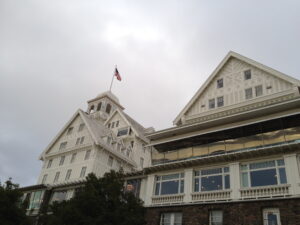 I’m trying to force myself to write daily, not just the fiction writing, but some kind of post here, to keep the momentum going, but also to get out of my system this sketching, the rote description of the past and the present, which isn’t the kind of writing I do for stories and books, or at least it won’t be anymore.
I’m trying to force myself to write daily, not just the fiction writing, but some kind of post here, to keep the momentum going, but also to get out of my system this sketching, the rote description of the past and the present, which isn’t the kind of writing I do for stories and books, or at least it won’t be anymore.
